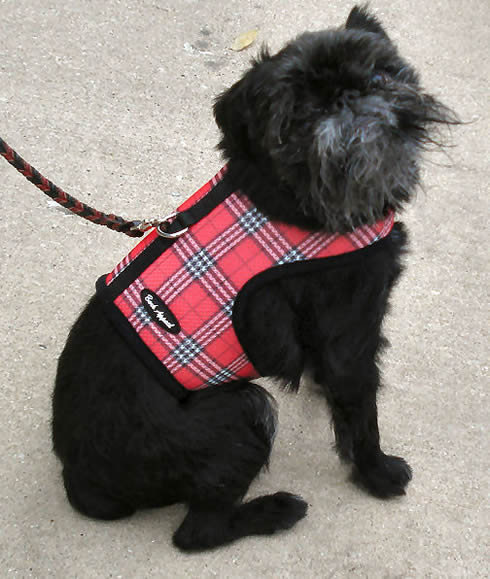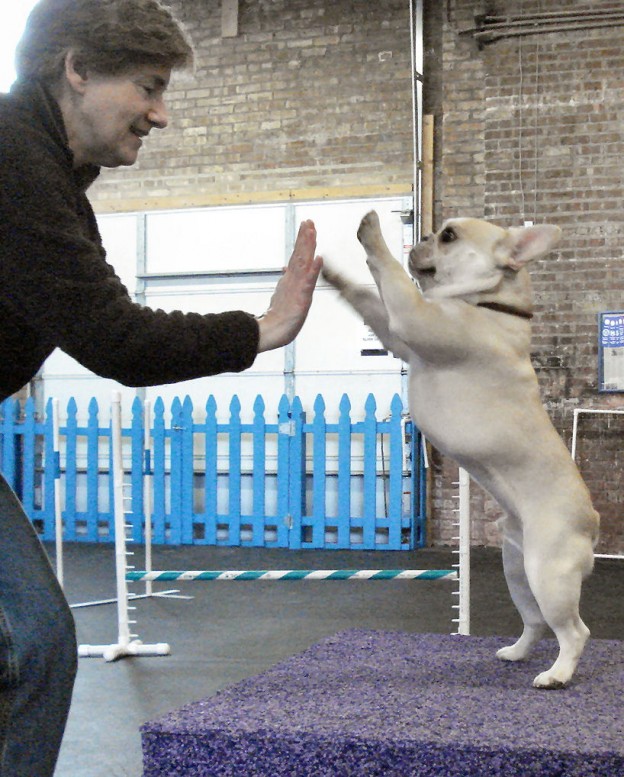When you have a fearful dog, it’s awful to feel powerless to help. For the Fourth of July this year we sent a wish on social media hoping that all of your neighborhoods would be calm and quiet. We’ve seen too many friends post about how awful the fireworks were this year to believe that wish came true.
So we’re looking at some of the most-mentioned dog fears hoping it will help. If your dog struggles with loud noises, like fireworks and thunder, there’s plenty of time before the next Independence Day to work on it.
Make it rewarding
Sound seems to be the number one fear most people mention when it comes to their dogs. Both thunder and fireworks are enough to send some dogs running down to the basement.
One tactic is to pay a visit to your dog’s vet and get some calming medications and/or supplements to help your dog deal with the noises. While you know July 4th will be loud, thunderstorms aren’t quite as predictable, so plan ahead. Discuss it with your veterinarian, listen to the forecasts, and get the soothers into your dog ahead of time.
If your dog’s noise phobia isn’t severe enough to medicate, try making a game out of noise. Have a stash of treats on hand and give one to your dog whenever there’s a particularly loud “Boom!” In time, your dog will associate treats with loud noises and may not mind so much.
If there are no storms in the forecast, you can simulate them with sounds on your phone, or a loud action movie. This may not work as well. Dogs seem to know the real thing from the fakes, but it may be worth a try.
Car quakes
Getting into, out of, and riding in the car is also high on the list of dog fears. That’s a shame, because going places with your dog opens up so many possibilities.
If your dog won’t get in the car, practice when you don’t actually have to go anywhere. Get as close to the car as your dog is still comfortable. Talk to them in the vicinity, every once in a while giving them a treat. Gradually work your way closer. The most successful training is taken at your dog’s pace.
Over the course of a few days or even weeks, accustom your dog to walking around the car, getting treats, and being calm. Do it with the doors open and shut, and only for a couple of minutes at a time. If your dog is fine around the car, but still won’t get in, move ahead.
With the door open, put a treat in the car. Put it on the door frame, on the floor, or on the seat. Let the dog get the treat and get right back out if they want to. Do it a couple of times, then be done for that day. When your dog is comfortable getting in and out, move on.
The next step, again working at the dog’s level of comfort, is to get the dog hooked up to their seatbelt leash or car seat. At first, just hook them up, then unhook and let them get out of the car. After a couple times, be done for the day.
The next steps will look similar. Take it slowly, only try a couple of times per session, and don’’t force the dog. You’ll go at your dog’s pace. Make each step a different session: hook them up, shut the door, you get in, turn the car on and off, move the car a little, go around the block, etc.
Step by step
Most dogs will get over their fears if given the chance to get used to the circumstances. This even holds true for dogs who actually do get car sick. It’s not fear of getting sick that makes your dog hate the car. It’s the intense fear of the car making them sick.
The old adage “familiarity breeds contempt” may not be exactly applicable, but it’s close. Familiarity will let your dog sail through these formerly-trying situations. Fran’s Boston Terrier Simon used to get terribly car sick. That put a damper on going to classes, trialing, and neighborhood jaunts. It took a few weeks, but now he jumps right into his place in the car and is a perfect travel companion.
Enjoyed this post? Click here to sign up for the weekly newsletter and never miss another!











